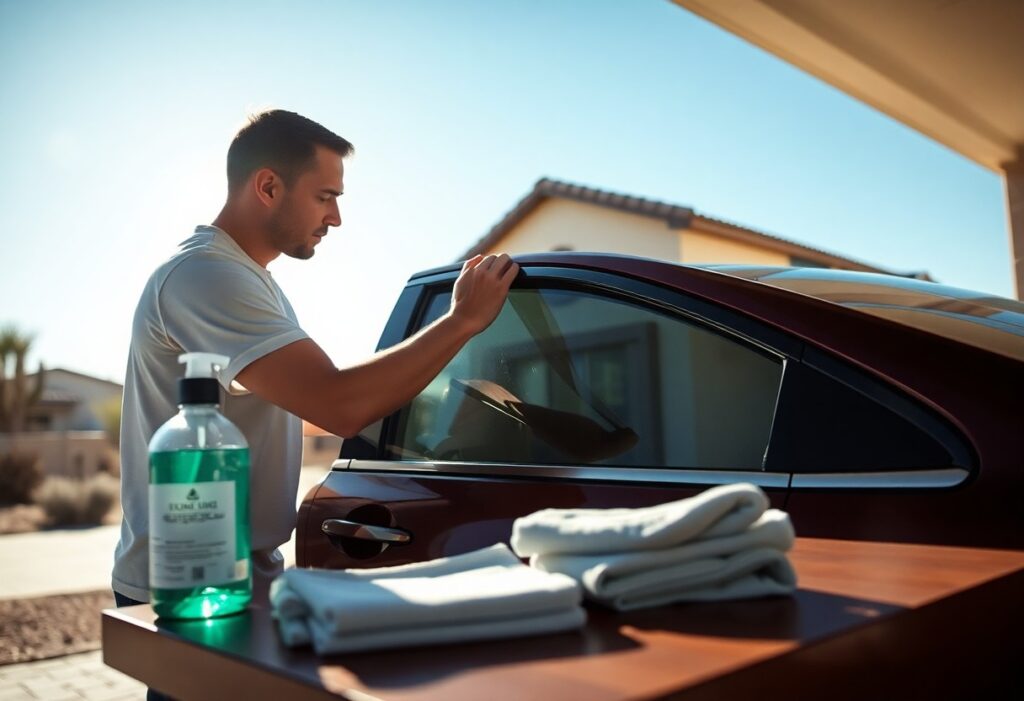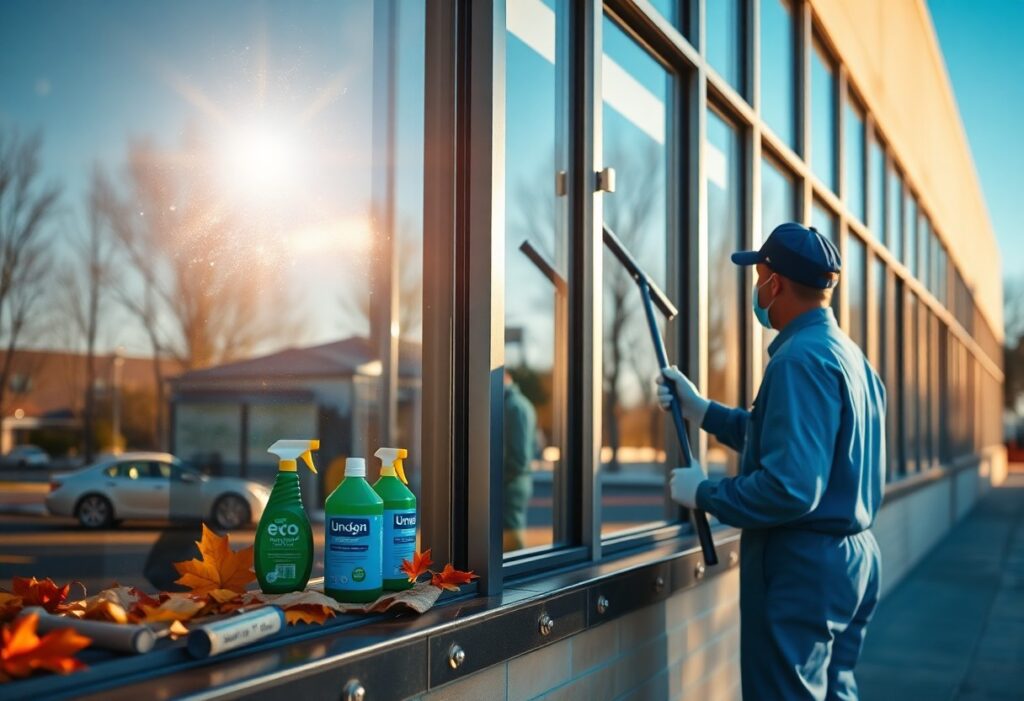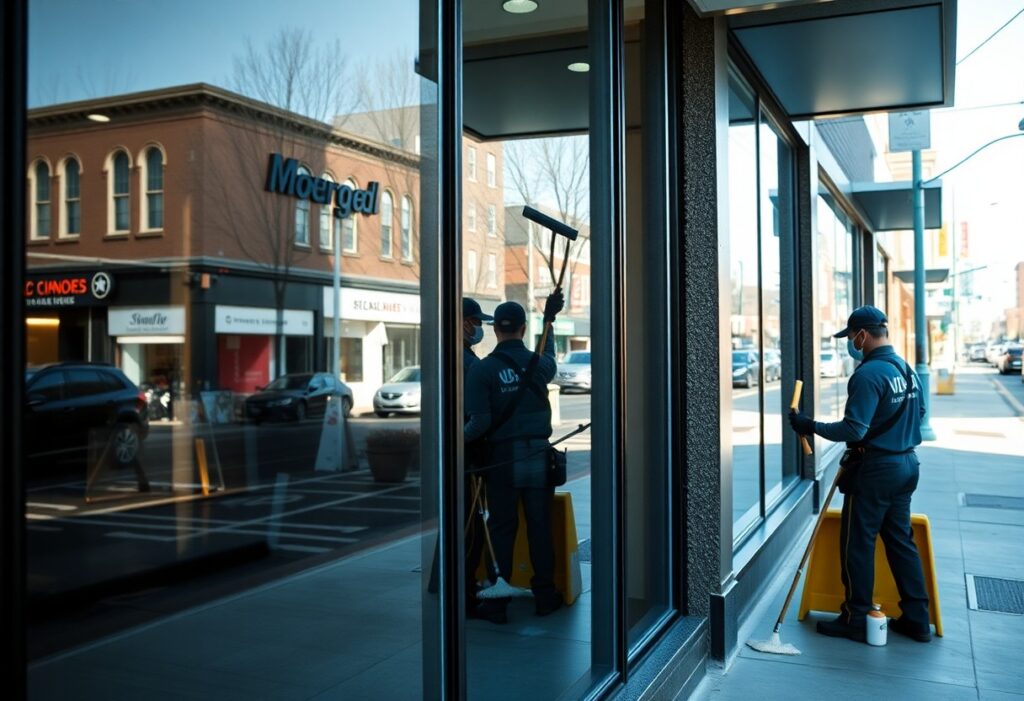Expert Tips For Maintaining Tinted And Clean Windows In Eloy And Stanfield
There’s no denying the beauty and benefits of tinted windows, but maintaining their clarity and integrity requires attention. You should follow best practices for cleaning and caring for your tinted windows to ensure they stay in top condition. This guide provides you with expert tips tailored for the unique climate and conditions in Eloy and Stanfield, helping you protect your investment while keeping your view pristine. Importance of Tinted Windows Tinted windows are not only about aesthetics; they play a pivotal role in enhancing your comfort and vehicle longevity. They reduce glare from the sun, protect your interior from fading, and help maintain a consistent temperature inside your vehicle, contributing to a more enjoyable driving experience in the Arizona heat. Benefits of Window Tinting Firstly, window tinting significantly improves UV protection, blocking up to 99% of harmful sunlight. This safeguard not only protects your skin but also helps preserve your car’s upholstery and dashboard from sun damage, thus enhancing resale value. Additionally, tinted windows bolster privacy by limiting outside visibility, making your driving experience more secure and enjoyable. Legal Considerations in Eloy and Stanfield In Eloy and Stanfield, window tinting laws are strictly enforced, so you should familiarize yourself with the regulations to avoid fines and ensure compliance. These laws dictate the allowable visible light transmission (VLT) percentages for various windows in vehicles. The Arizona state law mandates that front windshields must allow more than 33% VLT, while front side windows must also exceed this threshold. For back windows, there are generally fewer restrictions, but it’s wise to check local ordinances as variations may occur. Always ensure that you choose professional installation to comply with these laws and maintain quality standards, as improper tinting can lead to legal complications and unwanted costs. Choosing the Right Window Film Selecting the appropriate window film is necessary for both aesthetics and functionality. Factors such as UV protection, heat rejection, and glare reduction should guide your choice, ensuring your windows serve your needs optimally. Assess your environment and the specific requirements of your windows to make an informed decision. Types of Window Tints There are several types of window tints suitable for different applications. Each offers unique benefits, catering to various preferences and needs. Type Benefits Dyed Film Affordable and good for reducing glare. Metalized Film Reflective properties and durability. Carbon Film Blocks heat without a reflective look. Ceramic Film Superior heat rejection without darkening. Security Film Enhances safety and protects against breakage. Knowing your specific needs can help you select the most appropriate window film type. Factors to Consider When choosing window film, consider several key factors that impact both performance and longevity. It’s necessary to evaluate your primary objectives, whether they are energy efficiency, aesthetics, or privacy. Assume that your location’s climate will affect the type of film you need. Evaluate your local weather patterns and how they impact energy consumption. Films designed for extreme heat will work better in sunny areas, while colder climates may benefit from films that insulate. Additionally, consider the film’s visual appeal, as this can enhance your property’s curb appeal while serving functional purposes. Assume that installation quality will affect the film’s performance and lifespan. Regular Maintenance Tips To ensure your tinted windows remain clean and functional, establish a regular maintenance regimen. This not only preserves their appearance but also extends their lifespan. Consider the following practices: Clean windows every few weeks to prevent buildup. Use a soft, microfiber cloth to avoid scratching the film. Avoid harsh chemicals that can damage window tint. Inspect window edges regularly for peeling or lifting. Perceiving these maintenance tasks as imperative can greatly enhance your window film’s durability and performance. Cleaning Techniques and Products Selecting the right cleaning techniques and products is vital to maintain your tinted windows. Use ammonia-free cleaners designed specifically for tinted surfaces, as ammonia can deteriorate the film over time. Soft cloths or sponges ensure that you’re not causing any scratches, and warm soapy water is often effective for routine cleanings. Wipe in a circular motion to avoid streaks, and always dry thoroughly to achieve a crystal-clear finish. Inspecting for Damage Regular inspections of your tinted windows will help you catch damage early. Make it a habit to look for signs such as bubbles, peeling, or discoloration, particularly at the edges where the film adheres to the glass. Identifying issues early allows for timely repairs or replacements, ensuring your investment in window tinting remains worthwhile and effective. To effectively inspect for damage, take a close look under varying light conditions, as some imperfections might only be visible in direct sunlight or specific angles. If you notice peeling, it’s imperative to assess how extensive the damage is; minor issues can sometimes be repaired, while significant damage may warrant a full window film replacement. Keeping a vigilant eye on your windows enhances their appearance and performance longevity. Professional Services vs. DIY Deciding between professional services and DIY for tinted window maintenance can significantly impact the outcome. While DIY approaches may seem cost-effective initially, they often lack the precision and expertise that professionals bring. You risk improper installation or damaging the film if you’re not familiar with the techniques involved. Advantages of Professional Installation Opting for professional installation ensures that your window film is applied perfectly, enhancing durability and performance. Professionals are equipped with specialized tools and techniques that guarantee a bubble-free finish and seam alignment, which can extend the lifespan of your window tinting significantly compared to a DIY job. When to Seek Professional Help Professional help is advisable when you’re dealing with complex installations, large windows, or if you lack experience in handling window films. Issues such as existing damage or the need for removal of old film also warrant attention from experts who can guarantee a flawless job. Complex scenarios, such as multi-pane setups or large commercial windows, often exceed the typical DIY project’s capacity. Professionals not only bring experience but also access to high-quality materials and warranties, assuring you that your investment is protected. If










